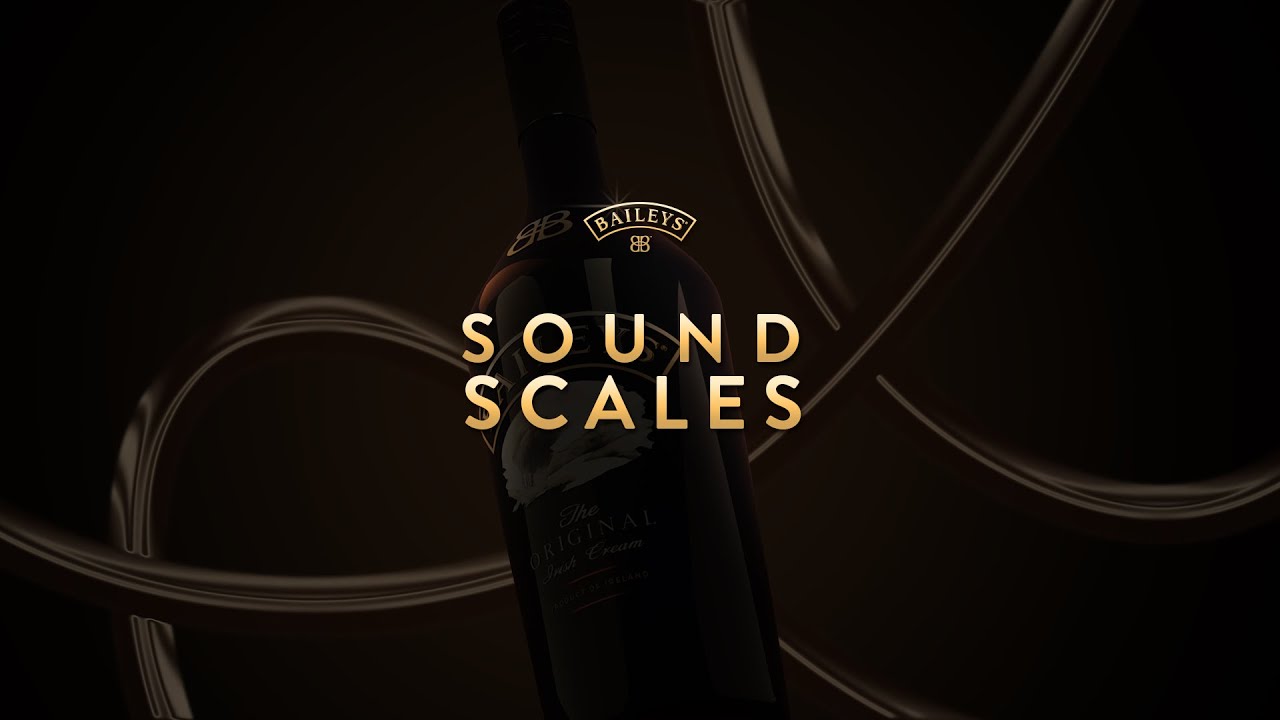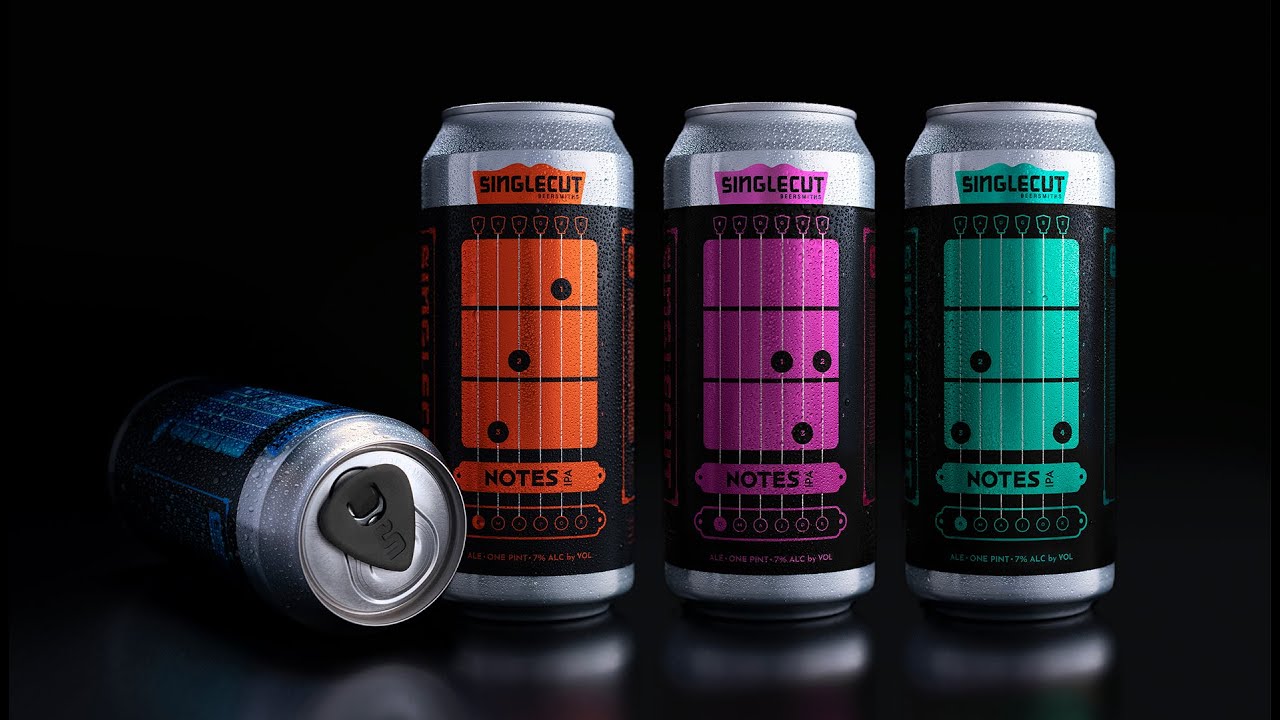In a world dominated by visuals, it’s time for brands to reconsider their marketing strategies by implementing sound-first design, creating more memorable and immersive experiences that profoundly connect with consumers.
Historically, audio has typically played second fiddle to visuals in brand identity, mainly because early media was dominated by print ads – after all, it’s tough to include sound in a magazine ad. But as media evolves and we move into a more audio-centric era, driven by platforms like TikTok and the rise of audio-focused industries like podcasts and voice tech, it’s clear that sound is now a key player.
Brands that overlook sound in their campaigns risk falling behind. Embracing a sound-first approach – considering audio from the start and integrating it alongside visual elements –opens up new creative opportunities and helps futureproof your brand in an increasingly audio-driven landscape. And it’s not all about having one of the best audio logos either, here’s why:

When BMW set out to make its 2019 EVs stand out in the crowded electric car market, it faced a unique challenge. How could it deliver that toe-curling, chill-inducing experience of driving a luxury car, even when the roar of an engine was replaced by near silence? Enter legendary composer Hans Zimmer. Tasked with designing every sound from ignition, to acceleration, to braking, Zimmer crafted a futuristic audio identity that brought these otherwise silent sports cars to life. The result? Sonic textures that capture every cool, crisp aspect of driving a car of the future while enhancing the driving experience and keeping pedestrians safe.
This collaboration with Zimmer isn’t just about a cool approach to product design. It underscores a crucial point: sound isn’t just an add-on but a core component that can elevate both the emotional connection with consumers and practical aspects like safety. Prioritising sound can transform a brand experience, proving that sometimes the most powerful element is heard, not seen.
Treating audio as a central part of a brand can significantly boost engagement and leave a lasting impression on consumers
In general, marketers are aware that sound can evoke emotions and set the tone in their advertisements – it’s why they use it in the first place. But when sound is just an afterthought, treated only as a complement to visuals, marketers miss an opportunity to create a truly immersive experience. Research shows that treating audio as a central part of a brand can significantly boost engagement and leave a lasting impression on consumers.
Designing with sound first challenges marketers to consider brand expressions through all the senses. Just like the distinctive scent of an Abercrombie & Fitch store or the unique touch found in a LEGO store, sound can enhance experiences in both physical and digital spaces. It’s a versatile tool that, when prioritised, can transform how consumers interact with and remember a brand.

Sonic logos offer a clear example of sound being at the heart of a brand. The iconic evolution of McDonald’s ‘I’m Lovin’ It’ and AOL’s iconic ‘You’ve Got Mail’ illustrate the power of sonic branding. Even minimalist approaches, like Intel’s five-note electronica tag or Netflix’s resounding ‘Tudum’, demonstrate that some of the most memorable sonic assets don’t need words at all.
Yet, sonic logos are just the tip of the iceberg. Brands can creatively incorporate sound in other ways, too. Take Grolsch Beer, for example – the distinctive ‘pop’ of its swing-top bottles has become an integral part of their brand identity. This memorable sound not only sets the brand apart but also deepens the emotional connection with consumers.

Another prime example of how being sound first can create a more memorable and interactive experience is Baileys Irish Cream’s innovative Baileys Sound Scales app. By capturing the sound of the liquid inside the bottle, the app tells users how much Irish Cream is left, turning a simple pour into an interactive experience. This clever use of sound not only deepens the consumer’s connection to the product but also distinguishes Baileys from its competitors.

My personal favourite, as a guitarist and IPA fan, is Single Note IPA’s collaboration with Snapchat. This campaign transformed each can into a musical learning tool, featuring a different guitar chord on each can. Using a Snapchat filter, consumers could discover which songs they could play with the chords found on their Single Note cans, and the can’s lid even doubled as a guitar pick. It’s a brilliant blend of beer, music and social media that plays on the natural connection between guitar music and enjoying a good beer.
For more great branding, see our best rebrands of the decade series.
